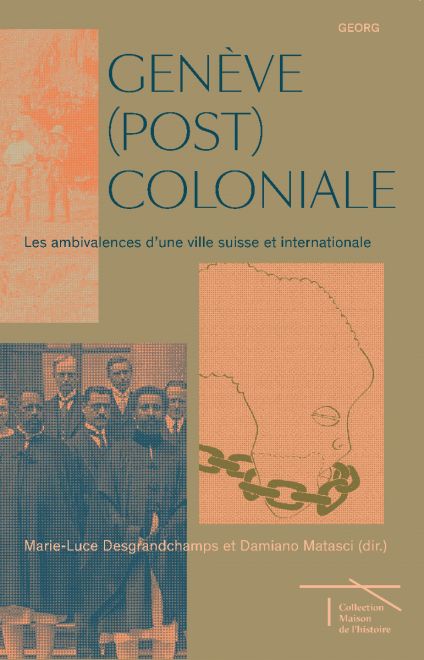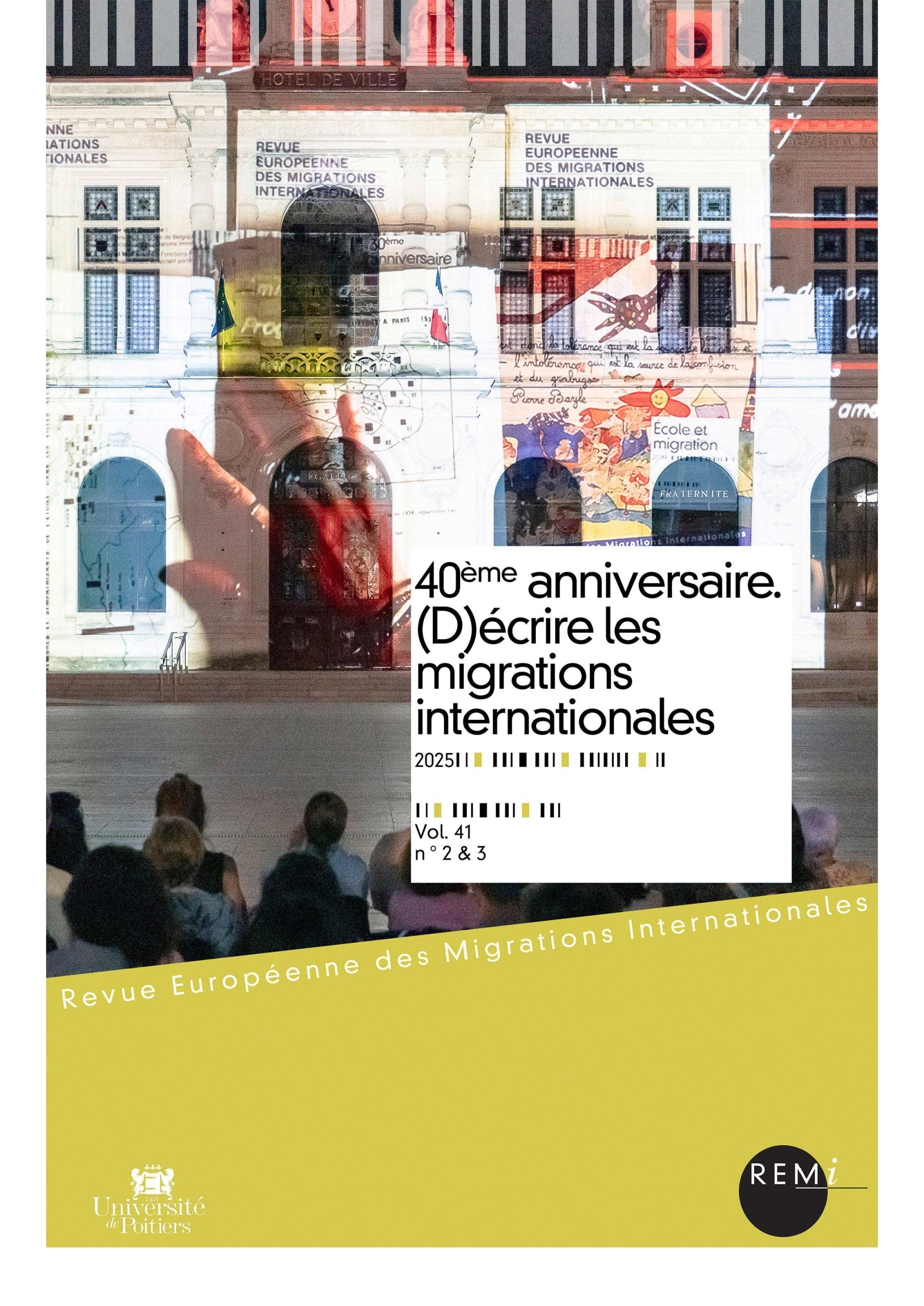Herilalaina Rakoto-Raharimanana - Christine Morin-Messabel (coord.) - Gender and adolescent practices

Review GEF (Gender, Education, Training) n°5, June 2021 ![]() online
online
Editorial RAKOTO-RAHARIMANANA H. & MORIN-MESSABEL C.
"Adolescence is a crucial stage in the "fall through time" (Pronovost, 2003).
While adolescence is "a necessary and unique experience in the biography of individuals" (Cuin, 2011), it is also a multiple and heterogeneous experience. As David Le Breton (2013) points out, "adolescence is not a fact, but first and foremost a question that runs through the time and space of human societies".
The historical and social existence of adolescence is recent (Ariès, 1973) and the scientific concerns that establish its existence date from the beginning of the twentieth century with the publication in 1904 of Stanley Hall's Adolescence, its psychology, and its relations to physiology, anthropology, sociology, sex, crime, religion, and education (Hall, 1904). As Louis Mahiot (2016) points out, this age group is constructed by scholarly categories and since the twentieth century has given rise to a number of approaches which, from psychology to psychoanalysis, converge on the idea of various crises and disturbances relating to identity transformations. It is only recently that the notion of crisis has been replaced by that of transition, so that adolescence is now seen "as a period dominated by a series of major transitions that require adjustment and rearrangement in order to integrate them and reach adult maturity" (Claes, 2011)."
Share on
Read also


